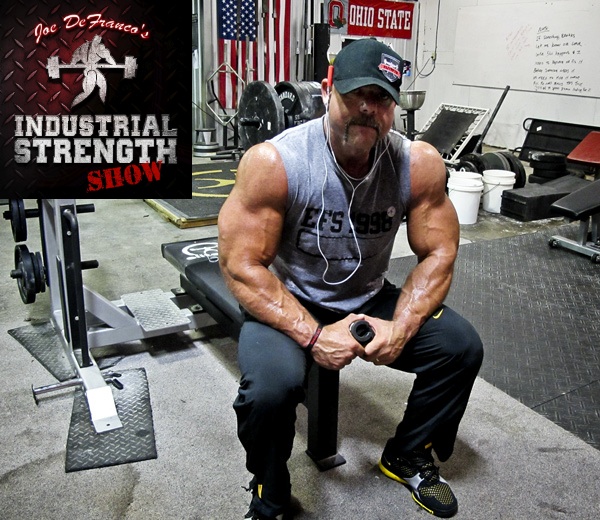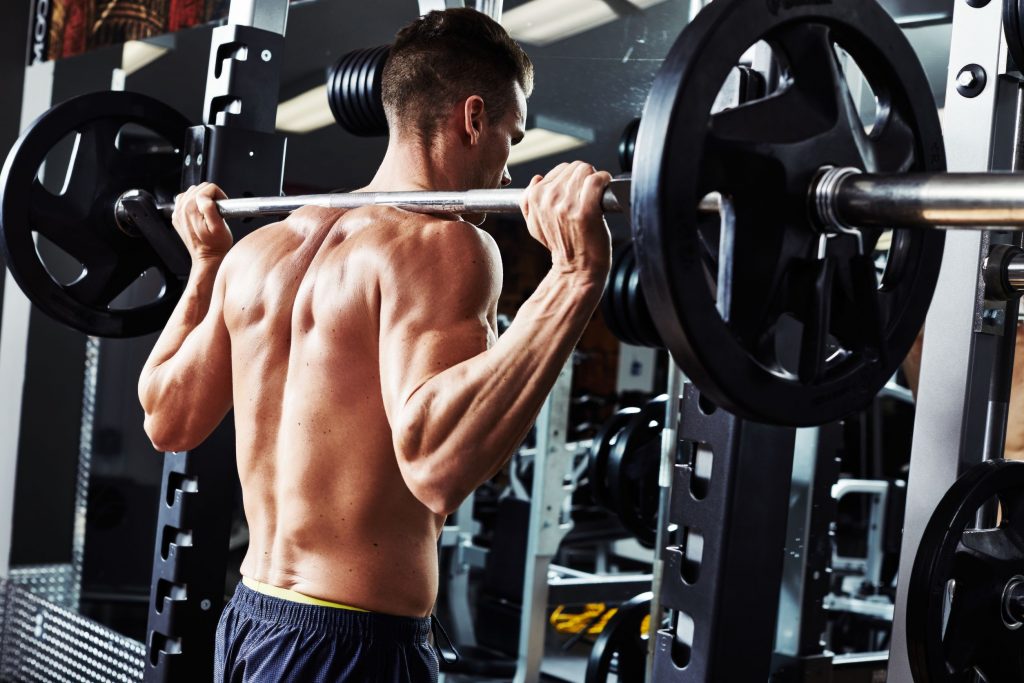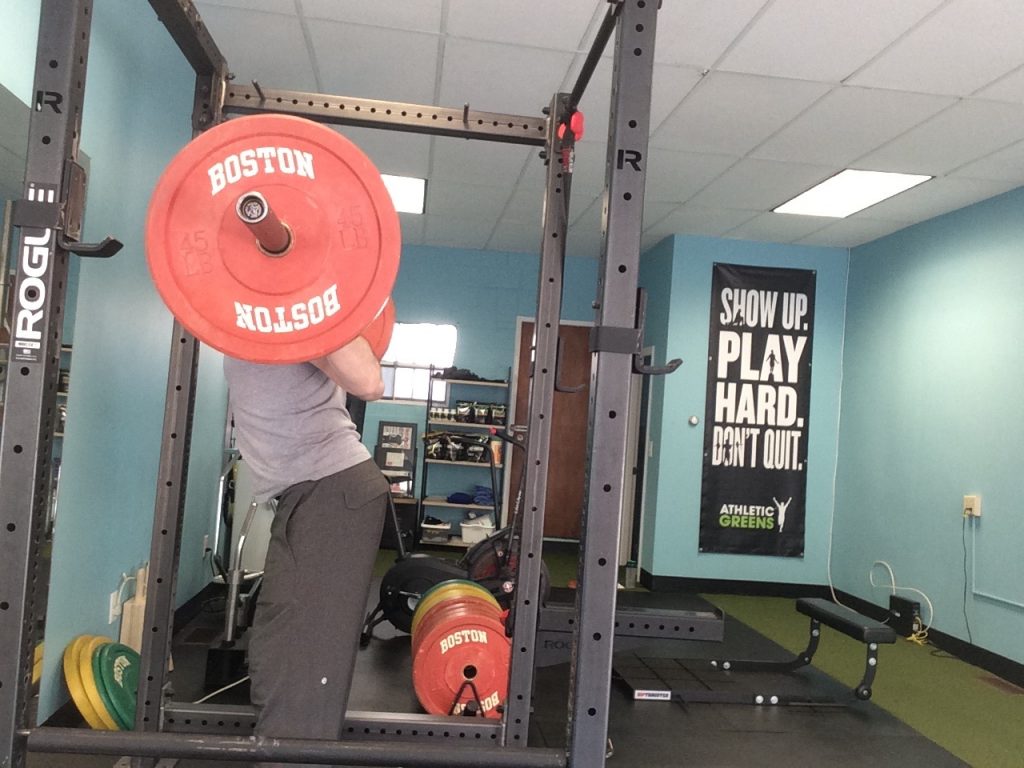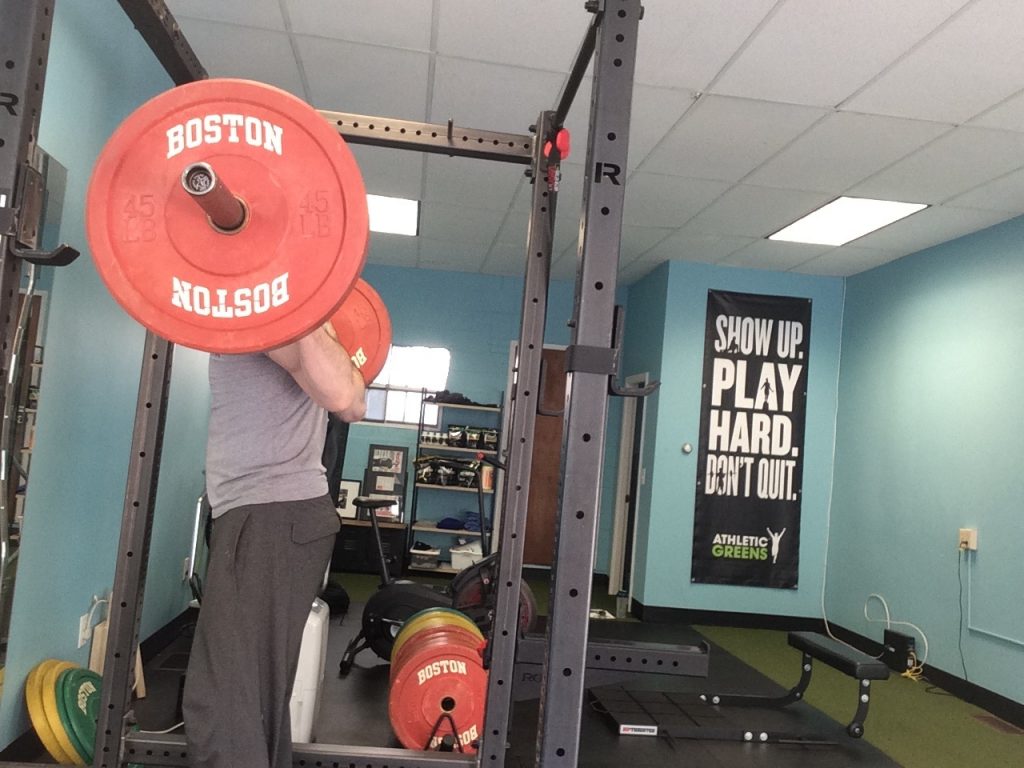I remember the first time I saw Eminem perform. I was at my apartment in between classes watching a little TRL on MTV. It was spring break, 1999. I was in my living room. Many of my friends were somewhere else, not in my living room, galavanting around on some beach in Cancun soaking up some rays and debauchery.
Customary during Spring Break week MTV was also in Cancun, and hoping to catch a glimpse of my friends – and Britney – I tuned in.
“Hi, my name is, what? My name is, who? My name is, chka-chka Slim Shady.“
Mouth agape with a spoon full of Fruity Pebbles I was like, “what in the what is this?”
Eminem something er other now? Trying to impregnate Spice Girls?
“Pfffft, whatever,” I thought. “He won’t last.”
Ten #1 albums, 45+ million records sold, and one not so sucky movie – 8 Mile – to his credit, I guess you could say I was an idiot.
Eminem didn’t do so shabby for himself.
And while I could sit here and reminisce over you1other past pop-culture snafus I made….
- Chicks will always dig stone washed jeans.
- Robert Downey Jr will never make it as Iron Man.
- ABC’s What About Brian? (2006) will become the next Grey’s Anatomy or Lost. It’ll be a sure fire hit.2
…lets not bask too much in my ineptitude.
I mean, Adele?
She’s okay. I guess.
Speaking candidly, my “misses” can extend to the coaching side of the spectrum as well. I can think of a few things I used to think or say back in the day that, upon reflection, were pretty idiotic.
What are some examples you ask?
Good question.
1. Telling People to Arch…HARD.
Like many people interested in lifting heavy things I used to read – and still do – anything and everything by the likes of Dave Tate, Jim Wendler, and Louie Simmons.
All three are strong mofos and have, arguably, put out some of the best training advice on getting strong within the past few decades.
I mean, are you going to argue with this guy?

Or this guy?
Or him?
Uhhhh, no.
They’ve all contributed to the greater good of the industry and many of us owe our PRs to any number of articles or resources they’ve produced throughout the years.
That being said, I had to audit myself a few years ago when it came to coaching the squat. After being introduced to the concepts of PRI (Postural Restoration Institute) and listening to other strong dudes like Chad Wesley Smith speak on the topic, I wondered if cueing people to “arch, hard!,” and to” sit back” were the right things to be saying to the bulk of my athletes/clients when they were getting under the bar?

Copyright: Kurhan / 123RF Stock Photo
Very few were competitive powerlifters and even fewer were geared lifers. I.e., none wore squat suits when training (which require an aggressive arch and sitting back to reap the benefits).
To be clear: There are still many very strong dudes (and coaches) who advocate squatting with a hard arch, and that’s their prerogative. The thing to appreciate, however, is that what works and is ideal for a geared lifter won’t necessarily (read: rarely) ever translate well to a non-geared lifter.
If I were to balance the “I want to be brutally strong AND not shit my spine on this next set” teeter-totter, I’d opt for not arching (aggressively).

The ribs & diaphragm are pointing in one direction (up) and the hips & pelvic floor are pointing in another (down).
Put simply, this is all sorts of fuckeduppery not a stable position.
We’re placing a ton of shear load on the spine.
What’s more, this will invariably force the lifter to initiate the movement by sitting back (rather than down. You know, a squat). As a result, often, the chest will fall forward, and the cue we default to is “arch, arch, arch, chest up, chest up, chest up.”
This only feeds instability.
A better, I believe, approach (again, for non-geared lifters) is to tone down the arch and adopt what’s been referred to as the “canister” position.

Giving credit where it’s due, the first person I ever heard use this phrase was Dr. Evan Osar. A simple analogy he used was to think of your pelvis as one ring and your rib cage as a bunch of other rings.
We want all those rings to be stacked.
This will nudge us into a more stable, joint-friendly environment
Now, a minor glitch in this way of thinking is that some people think this infers going into posterior pelvic tilt, where we flatten out the lumbar spine.
This is not what’s happening. As you can see in the picture above, my hips are still behind the bar (still very important) but there’s less of an aggressive arch. Telling people to posteriorly tilt their pelvis towards spine neutral is different than telling them to flatten out their spine.
From there it’s a matter of owning the canister position and to squat down rather than back.
2. Knees Forward Instead of Knees Out
The “push your knees out” cue is something I’ve slide-stepped away from within the past year.
To defend my position I’ll need to piggy back off my comment above – the squat, for most trainees, is more about “sitting down” than it is “sitting back.”
I want the squat to look like a squat.
This means there will be forward translation of the tibia over the toes (but not so far that the heels come off the ground) and that there is equal parts knees coming forward and hips going back.
The net result = down.
My good friend, smart-as-balls physical therapist, and owner of Resilient Performance Physical Therapy (in NYC), Dr. Doug Kechijian, stated it best in a Tweet recently:
Cueing knees forward first then sit down in a loaded squat minimizes the need for the knees out “correction”. Vertical tibia days are #’d.
— Doug Kechijian (@greenfeetPT) May 16, 2017
That’s right: it’s okay, nay, better?, for the knees to travel forward.
Cueing someone to break with their knees almost always negates the need to remind them to push their knees out.
They’ll do it automatically:
I’m all for using less coaching to clean up someone’s technique. The last thing most of your clients need is you barking a plethora of cues at them: “chest up, knees out, eyes forward, chin tucked, what’s the square root of 47?”
Play around with knees breaking first and then sitting down. My suspicions are that things will feel cleaner, more powerful, and the squat will feel like a squat.
Huh, weird.
ADDENDUM: NONE of this is to say I’m right. These are nothing more than cues and approaches that have worked for me in recents months/years with my clients and athletes. You may think I’m batshit crazy, and that’s cool.
I mean, to reiterate, I’ve been wrong on many things prior.
Amazon.com? Such a stupid idea.
I hope you’ll consider these suggestions however, and play around with them yourself. I think you’ll be surprised.



